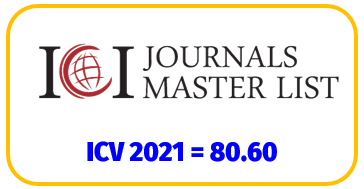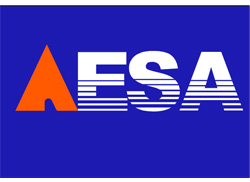Physiological Cost Index and electromyographical findings in lower extremities of healthy subjects with difference of walking speed.
DOI:
https://doi.org/10.30472/aesj.v7i1.358Abstract
The purpose of this study was to acquire basic data to establish an evaluation index for the rehabilitation process of basic movement regarding various diseases targeted in the field of physiotherapy. The focus was on walking, which is the most automated whole-body activity, and changes in PCI and muscle activity expenditure were examined when the walking speed was changed on a motor-driven treadmill and their relationship was compared. The subjects were 35 healthy young adults. 5 levels of walking speed were established based on free comfortable walking speed (FWS) as -50 % (-50 % FWS), -25 % (-25 % FWS), 0 % (FWS), +25 % (25 % FWS) and +50 % (50 % FWS). Heart rate (HR) and the surface electromyography of the subject’s lower extremities were measured during walking. In addition, Physiological Cost Index (PCI) and muscle activity expenditure were calculated, and the PCI and the muscle activity expenditure curves were drawn. In PCI of -50 % FWS increased from 0.23 ± 0.09 to 0.36 ± 0.20 and in PCI of 50 % FWS increased from 0.23 ± 0.09 to 0.37 ± 0.12, and PCI at -50 % FWS and 50 % FWS were significantly increased compared with that of FWS (p < 0.05). In the PCI curve, the coefficient a of “y = ax2 - bx + c” was very small. In addition, muscle activity expenditure was comparable to PCI in some muscles. From these results, it found that the walking speed at the minimum value of the PCI curve was a comfortable walking pace. And it found that FWS was almost the same as the walking speed with a small amount of activity in the lower muscles.
Downloads


















